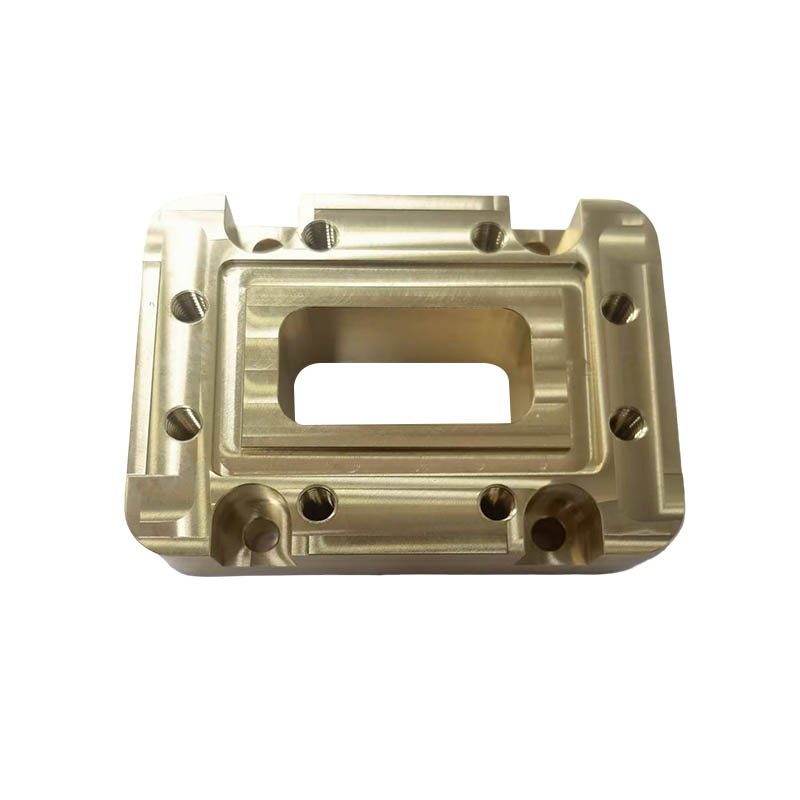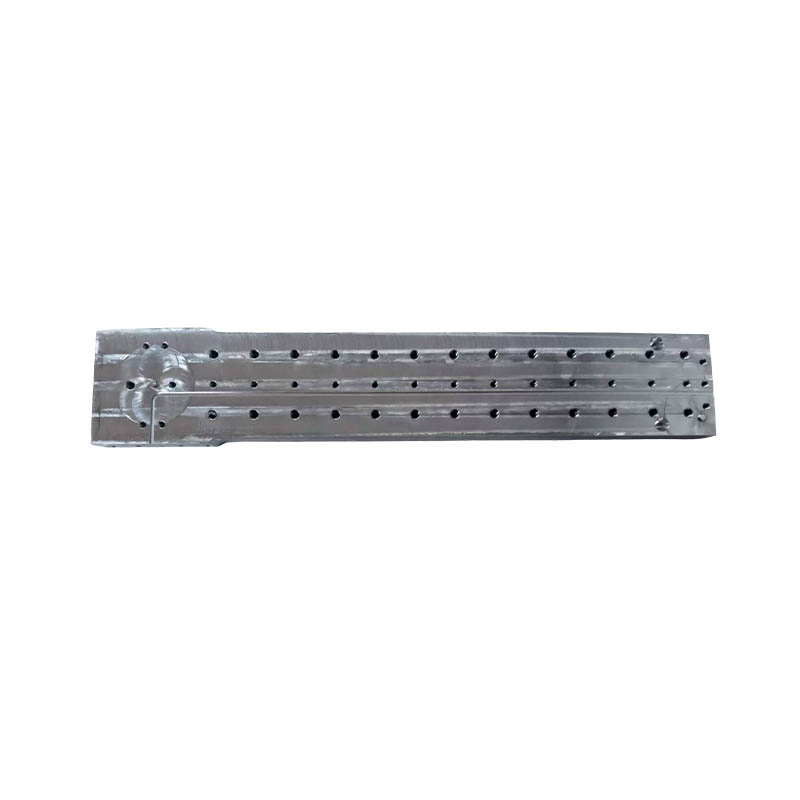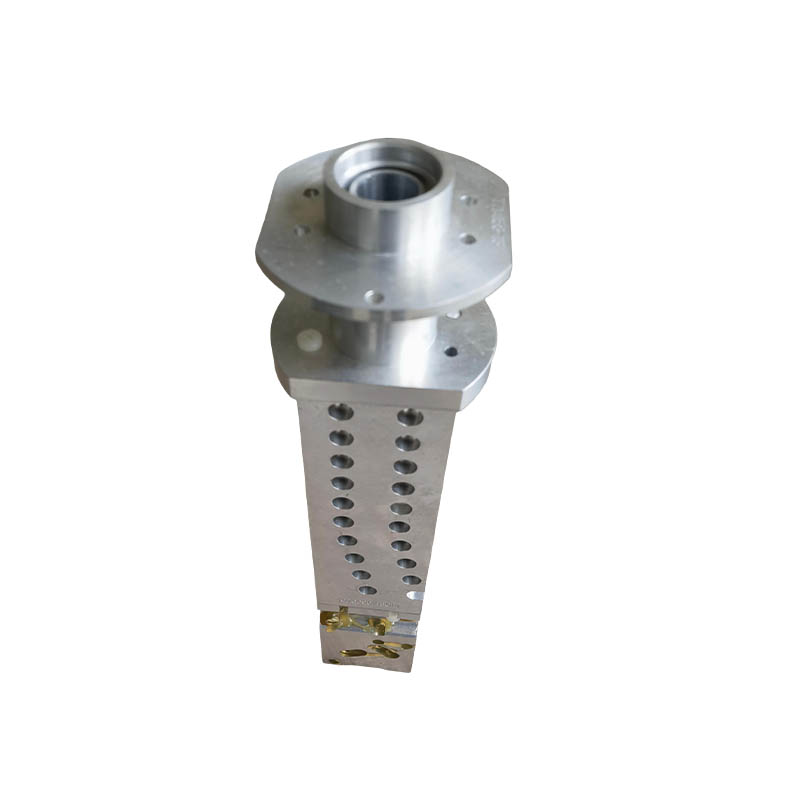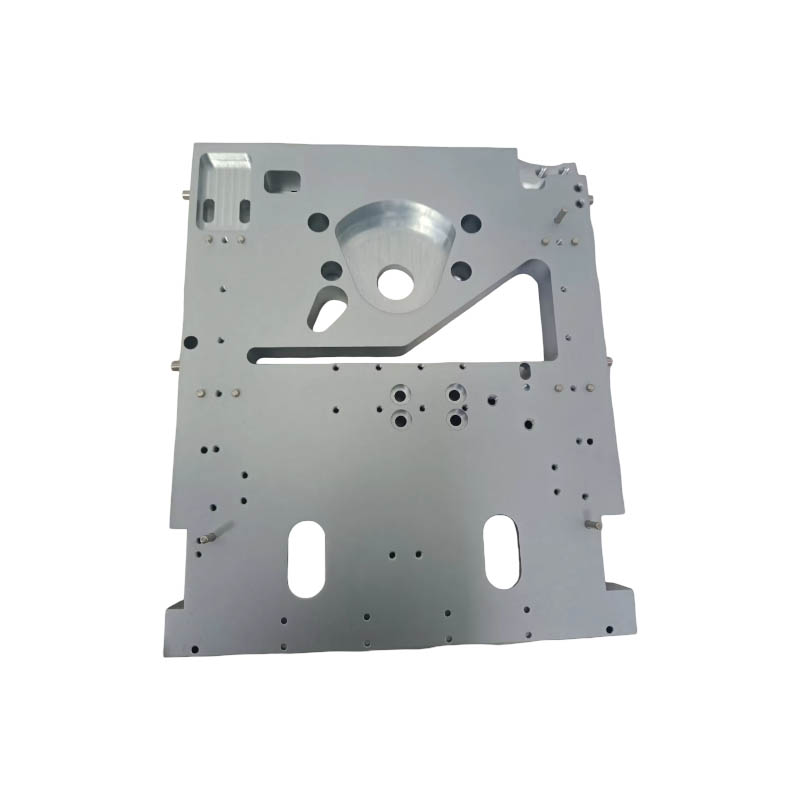High temperature, high pressure, and severe corrosion—How do precision parts operate stably in extreme environments?
Release Time : 2025-08-27
In modern high-end industrial systems, many critical devices must operate reliably and for extended periods under extreme conditions such as high temperature, high pressure, and severe corrosion. From turbine blades in aerospace engines to downhole tools for deep-sea oil and gas drilling, from internal components in nuclear power plant reactors to the mixing and sealing mechanisms in chemical reactors, the core of these systems relies on high-performance precision parts. They must not only withstand intense thermal stress and enormous mechanical loads, but also resist chemical attack from strong acids, alkalis, salt spray, and oxidation. In these "three highs" environments, ordinary materials and conventional manufacturing processes are no longer sufficient.
First and foremost, material selection is fundamental to determining a part's ability to withstand extreme environments. Modern precision parts widely utilize high-performance specialty materials, such as nickel-based superalloys (such as the Inconel series), titanium alloys, Hastelloy, zirconium alloys, specialty stainless steels (such as 316L and duplex steel), and high-performance non-metallic materials such as ceramics, silicon carbide, and polyetheretherketone (PEEK). These materials offer excellent high-temperature strength, creep resistance, oxidation resistance, and superior corrosion resistance. For example, nickel-based alloys can maintain structural stability in environments up to 1000°C and are widely used in hot-end components of aircraft engines. Hastelloy alloy, with its strong resistance to highly corrosive media such as hydrochloric acid and sulfuric acid, is an ideal choice for chemical equipment.
Secondly, precise structural design is key to ensuring component failure under extreme operating conditions. Engineers use finite element analysis (FEA) and computational fluid dynamics (CFD) simulations to optimize component geometry, wall thickness distribution, and stress concentration areas to avoid localized overheating, fatigue cracking, or plastic deformation. For example, streamlined flow channel designs in high-pressure valves reduce turbulence and erosion corrosion. Cooling channels or thermal insulation structures in high-temperature rotating components effectively control thermal gradients and prevent thermal stress cracking. Furthermore, component connection methods (such as welding, brazing, and threaded seals) are specially designed to ensure sealing and structural integrity despite thermal expansion and contraction and vibration.
Furthermore, advanced surface treatment and coating technologies provide a protective shield for precision parts. Through processes such as physical vapor deposition (PVD), chemical vapor deposition (CVD), thermal spraying, and plasma electrolytic oxidation (PEO), a dense, wear-resistant, and corrosion-resistant functional layer is formed on the surface of the part. For example, titanium nitride (TiN) and tungsten carbide (WC) coatings significantly improve surface hardness and wear resistance; aluminide or MCrAlY coatings form a stable aluminum oxide protective film to prevent high-temperature oxidation; and polytetrafluoroethylene (PTFE) or ceramic-based composite coatings effectively resist chemical corrosion and extend service life.
Precision manufacturing processes are also crucial. High-precision technologies such as five-axis CNC machining, electrical discharge machining (EDM), and laser micromachining ensure micron-level dimensional tolerances and mirror-like surface roughness (Ra ≤ 0.2μm), reducing defects and stress concentration points. Furthermore, rigorous heat treatment processes (such as solution treatment and aging hardening) further optimize the material's microstructure and enhance overall performance.
Finally, to ensure long-term reliability, precision parts undergo a series of rigorous environmental simulation tests before leaving the factory, including high-temperature aging, thermal shock, high-pressure blasting, salt spray corrosion, and vibration fatigue, to verify their durability under real-world operating conditions. Some high-end parts also incorporate integrated sensors for condition monitoring and fault warning, providing data support for predictive maintenance.
The stable operation of precision parts in extreme environments of high temperature, high pressure, and severe corrosion relies not only on breakthroughs in a single technology but also on the collaborative innovation of multiple disciplines, including materials, design, processes, coatings, and testing. It is these "invisible details" that underpin the safety and efficiency of modern industry under extreme conditions and form the solid foundation of high-end equipment manufacturing.
First and foremost, material selection is fundamental to determining a part's ability to withstand extreme environments. Modern precision parts widely utilize high-performance specialty materials, such as nickel-based superalloys (such as the Inconel series), titanium alloys, Hastelloy, zirconium alloys, specialty stainless steels (such as 316L and duplex steel), and high-performance non-metallic materials such as ceramics, silicon carbide, and polyetheretherketone (PEEK). These materials offer excellent high-temperature strength, creep resistance, oxidation resistance, and superior corrosion resistance. For example, nickel-based alloys can maintain structural stability in environments up to 1000°C and are widely used in hot-end components of aircraft engines. Hastelloy alloy, with its strong resistance to highly corrosive media such as hydrochloric acid and sulfuric acid, is an ideal choice for chemical equipment.
Secondly, precise structural design is key to ensuring component failure under extreme operating conditions. Engineers use finite element analysis (FEA) and computational fluid dynamics (CFD) simulations to optimize component geometry, wall thickness distribution, and stress concentration areas to avoid localized overheating, fatigue cracking, or plastic deformation. For example, streamlined flow channel designs in high-pressure valves reduce turbulence and erosion corrosion. Cooling channels or thermal insulation structures in high-temperature rotating components effectively control thermal gradients and prevent thermal stress cracking. Furthermore, component connection methods (such as welding, brazing, and threaded seals) are specially designed to ensure sealing and structural integrity despite thermal expansion and contraction and vibration.
Furthermore, advanced surface treatment and coating technologies provide a protective shield for precision parts. Through processes such as physical vapor deposition (PVD), chemical vapor deposition (CVD), thermal spraying, and plasma electrolytic oxidation (PEO), a dense, wear-resistant, and corrosion-resistant functional layer is formed on the surface of the part. For example, titanium nitride (TiN) and tungsten carbide (WC) coatings significantly improve surface hardness and wear resistance; aluminide or MCrAlY coatings form a stable aluminum oxide protective film to prevent high-temperature oxidation; and polytetrafluoroethylene (PTFE) or ceramic-based composite coatings effectively resist chemical corrosion and extend service life.
Precision manufacturing processes are also crucial. High-precision technologies such as five-axis CNC machining, electrical discharge machining (EDM), and laser micromachining ensure micron-level dimensional tolerances and mirror-like surface roughness (Ra ≤ 0.2μm), reducing defects and stress concentration points. Furthermore, rigorous heat treatment processes (such as solution treatment and aging hardening) further optimize the material's microstructure and enhance overall performance.
Finally, to ensure long-term reliability, precision parts undergo a series of rigorous environmental simulation tests before leaving the factory, including high-temperature aging, thermal shock, high-pressure blasting, salt spray corrosion, and vibration fatigue, to verify their durability under real-world operating conditions. Some high-end parts also incorporate integrated sensors for condition monitoring and fault warning, providing data support for predictive maintenance.
The stable operation of precision parts in extreme environments of high temperature, high pressure, and severe corrosion relies not only on breakthroughs in a single technology but also on the collaborative innovation of multiple disciplines, including materials, design, processes, coatings, and testing. It is these "invisible details" that underpin the safety and efficiency of modern industry under extreme conditions and form the solid foundation of high-end equipment manufacturing.







